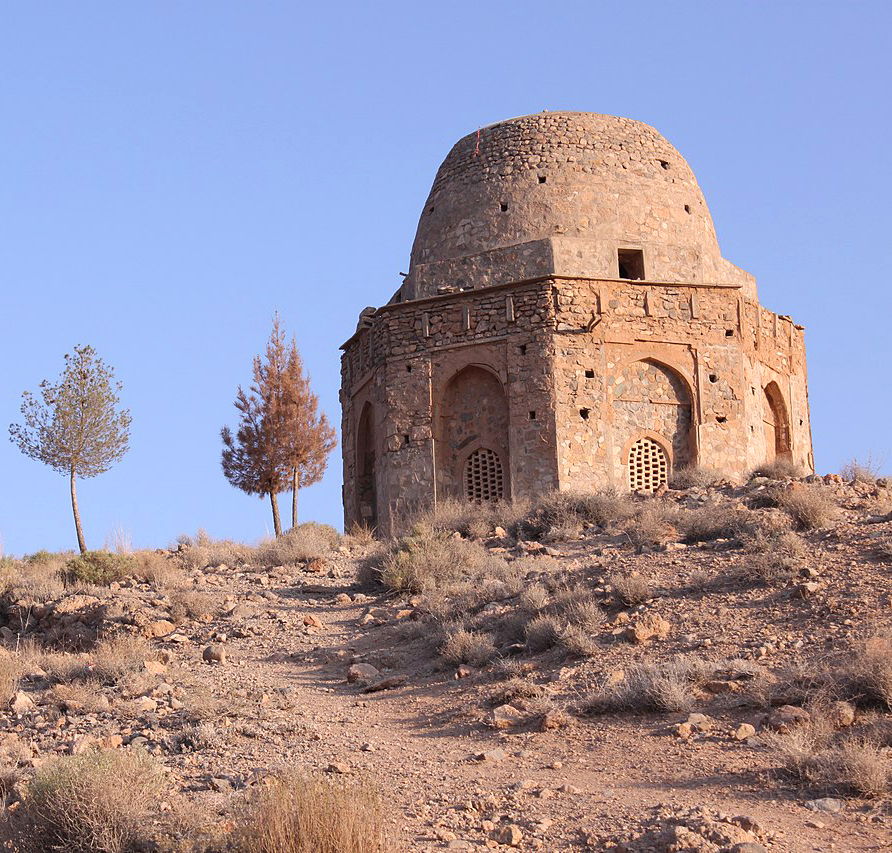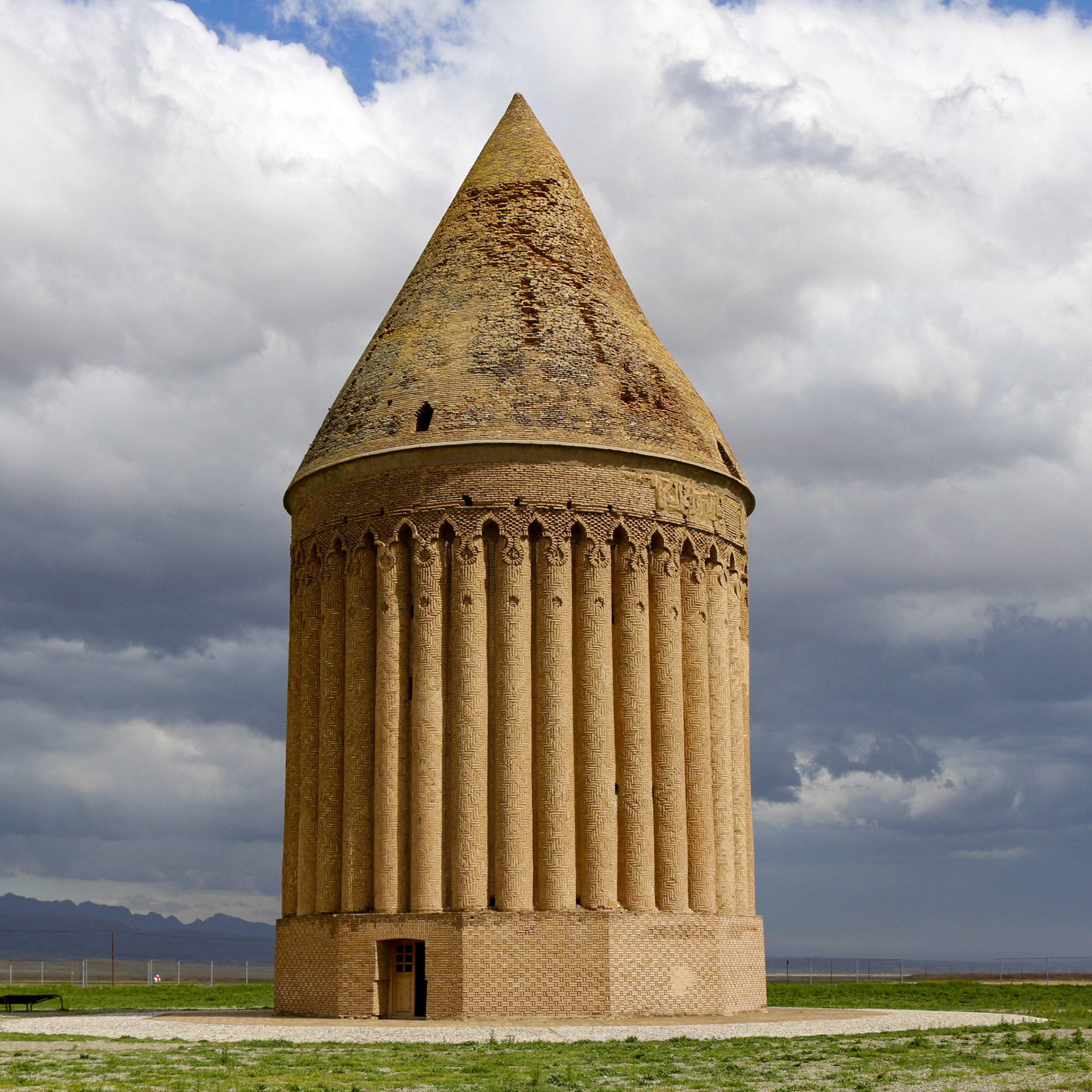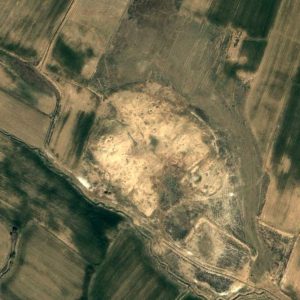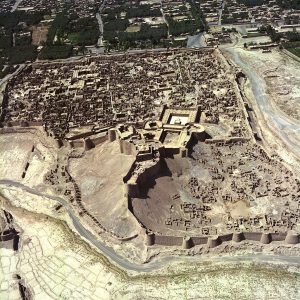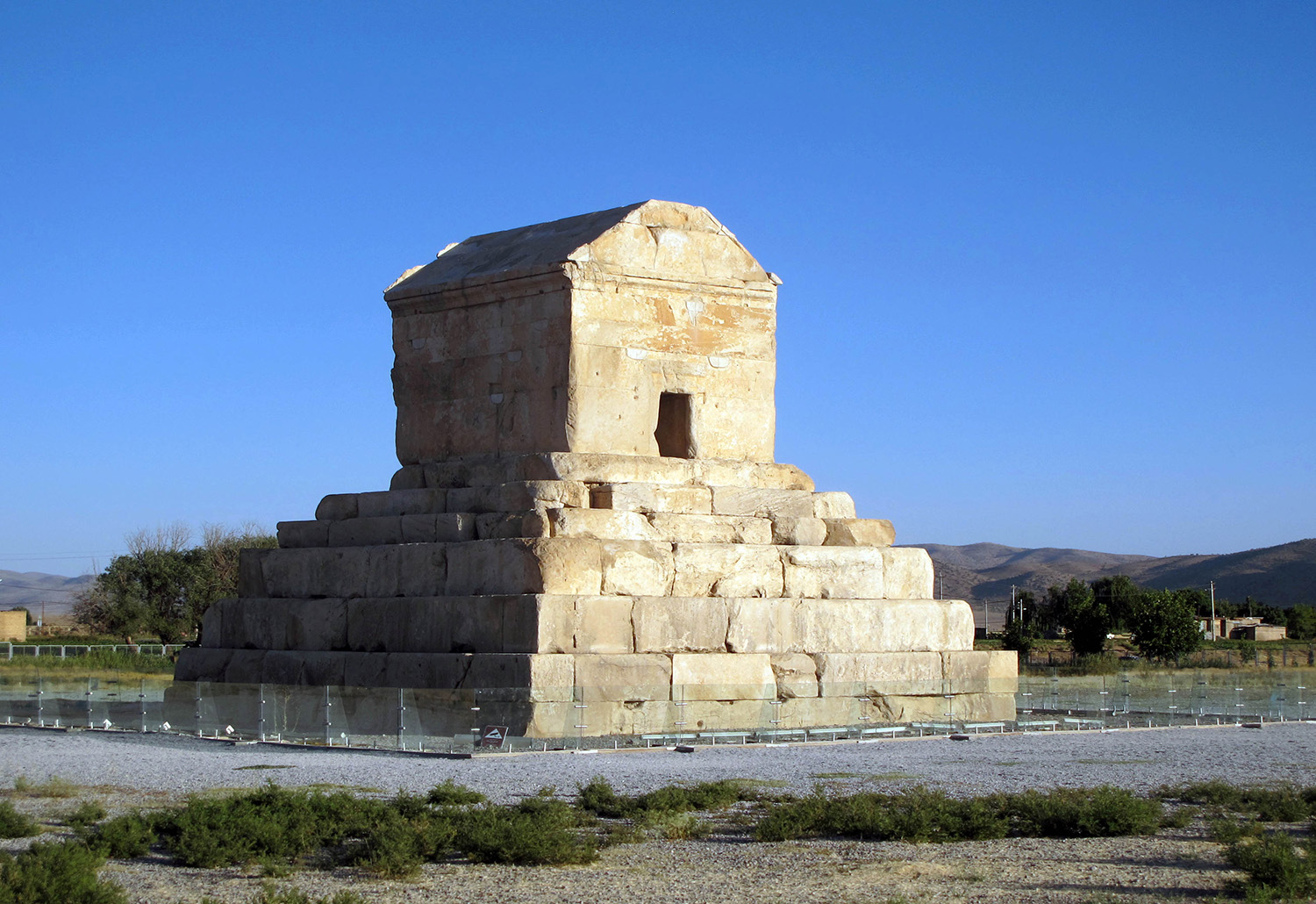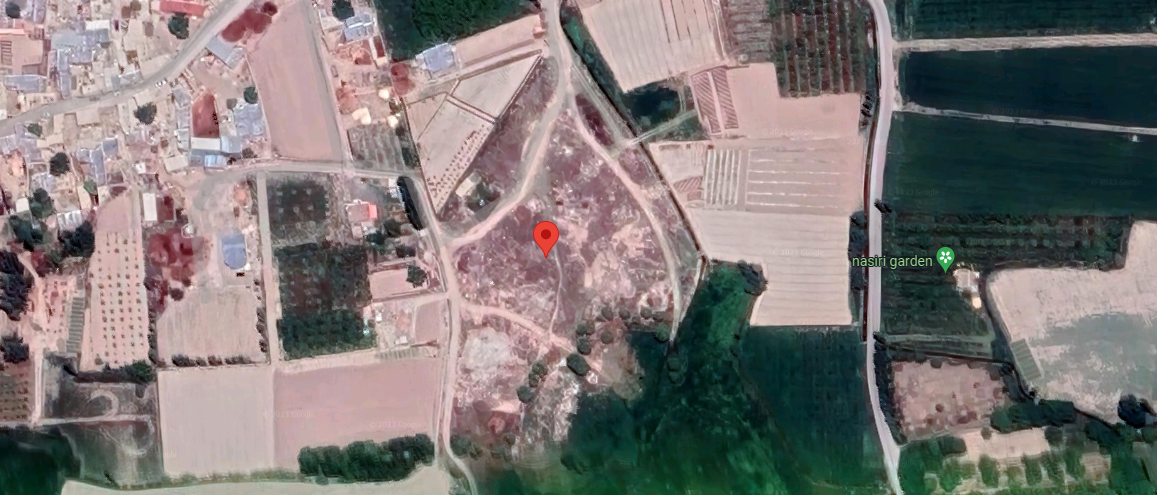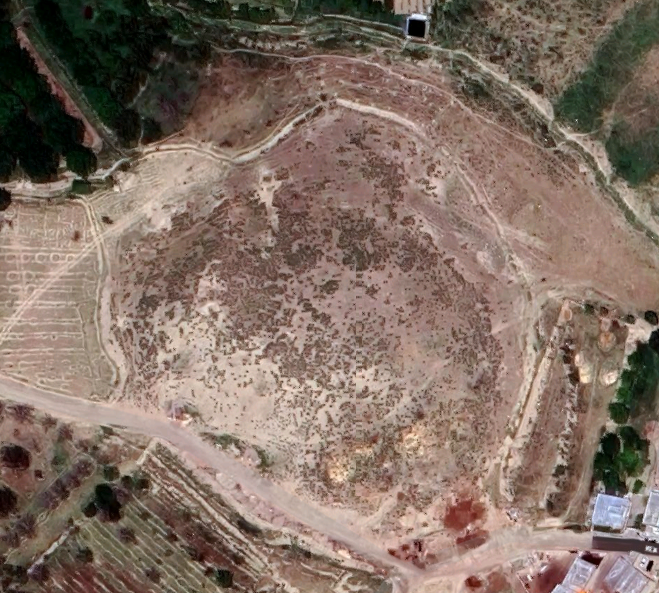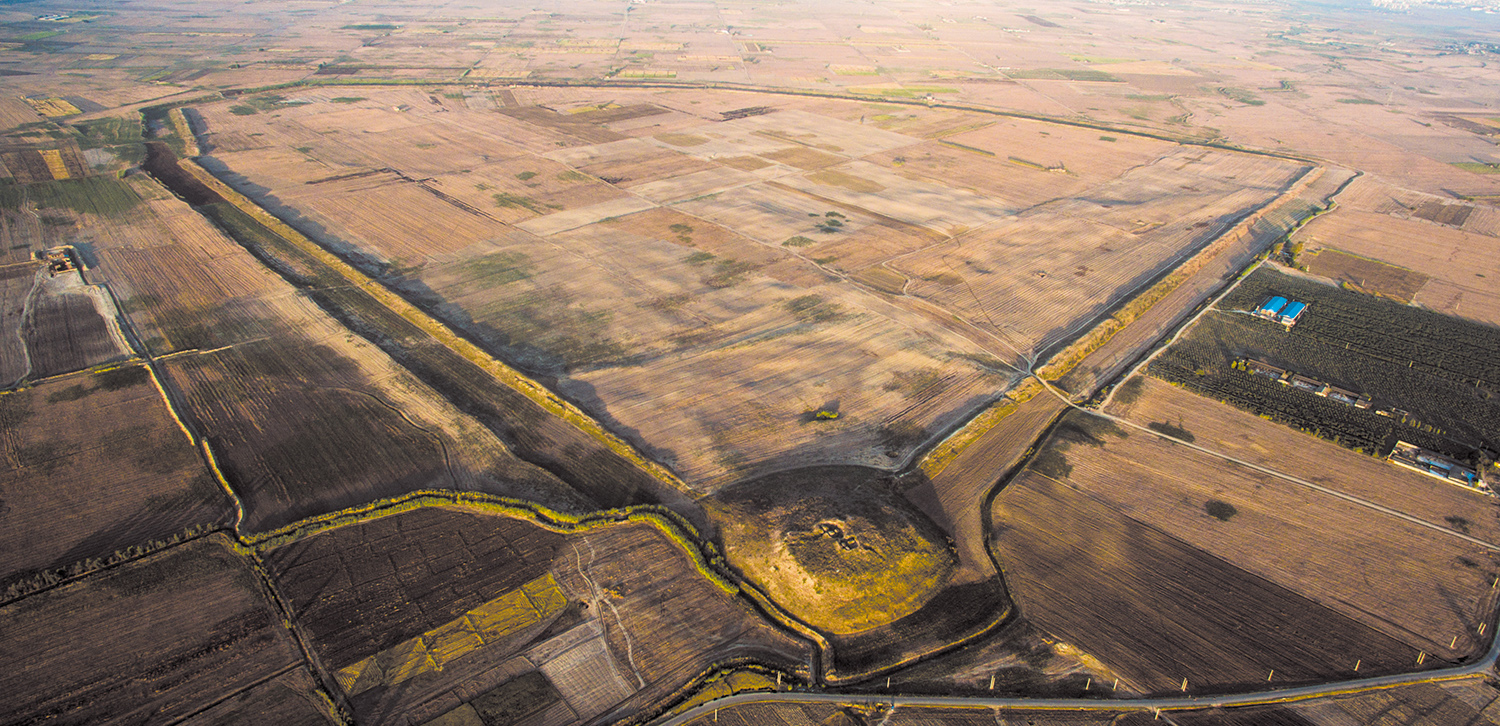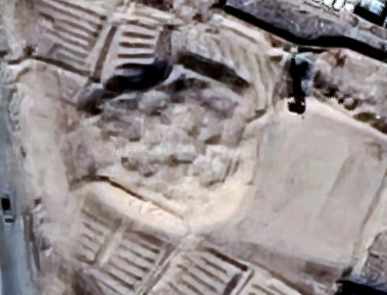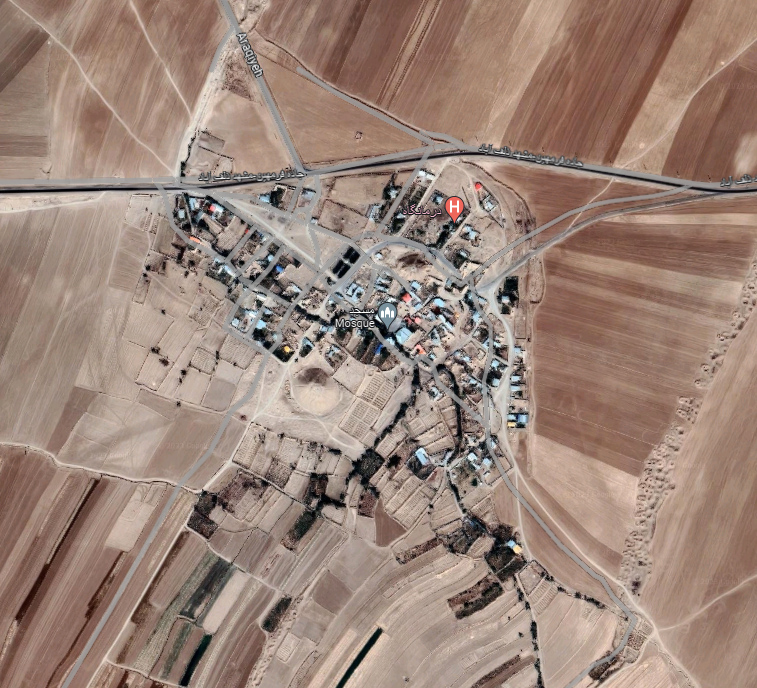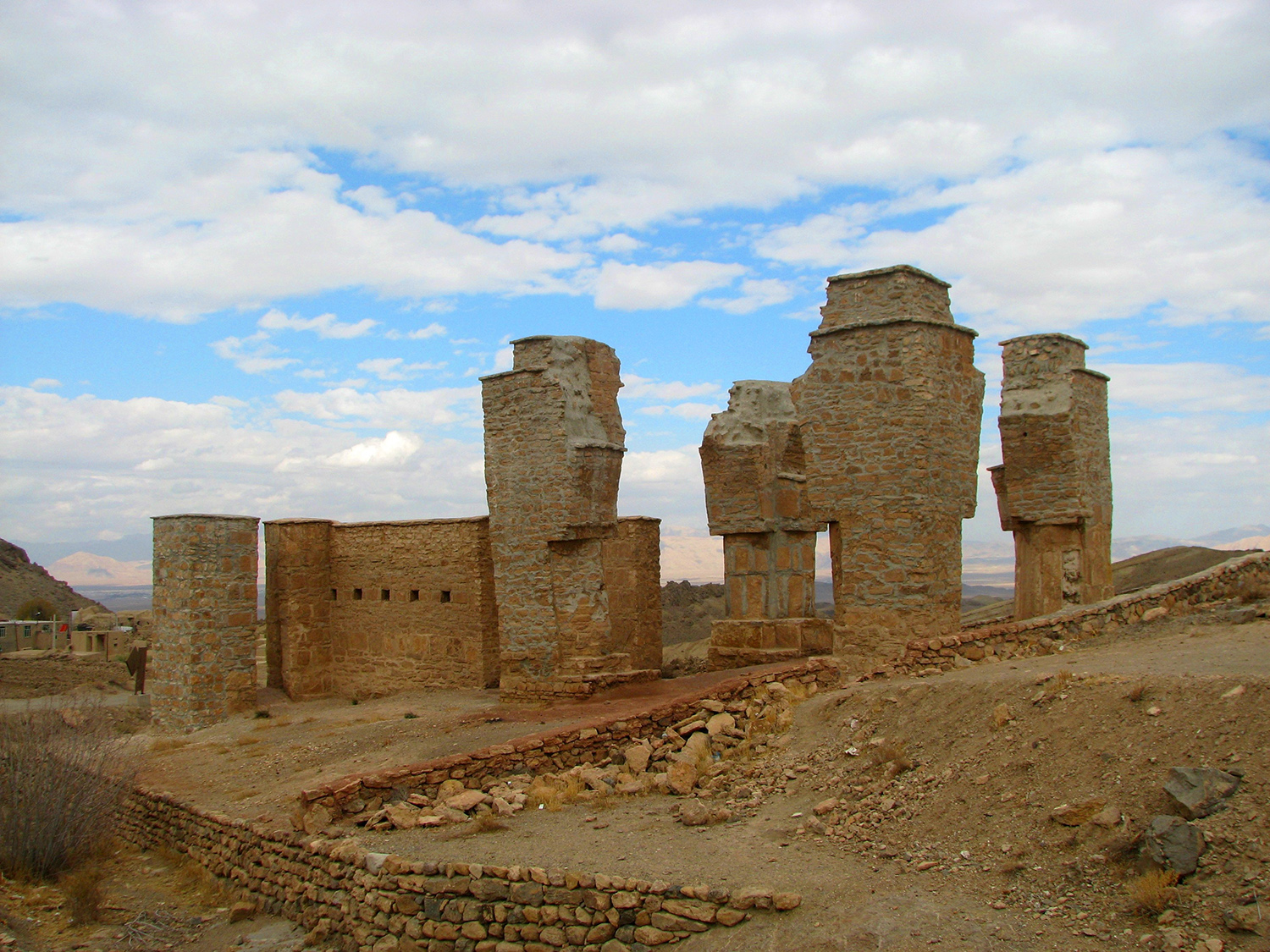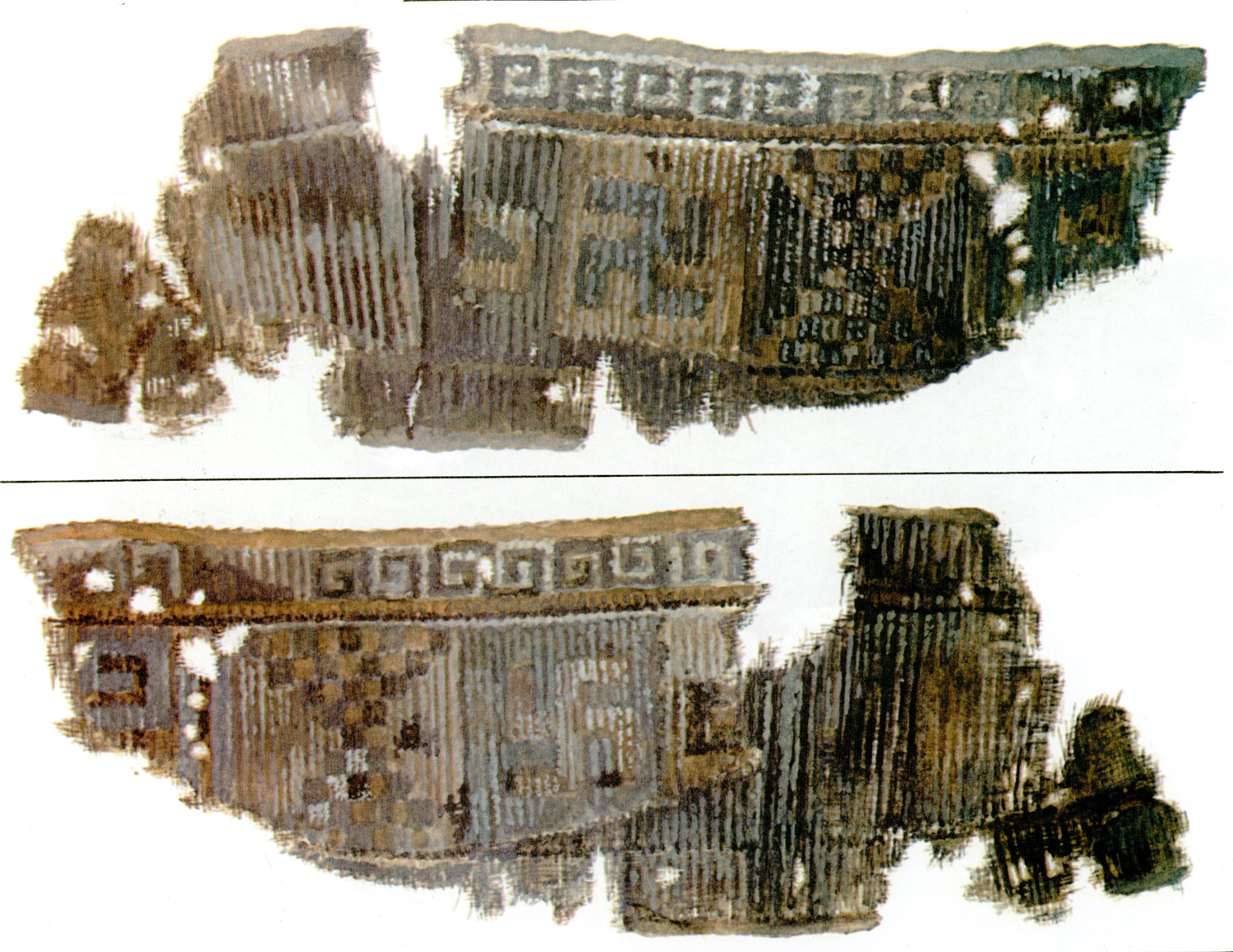Tol-e Qal’eh Seyfābādتل قلعه سیف آباد
Tol-e Qal’eh Seyfābād is located 10 km southeast of Kāzerun, Province of Fars, southern Iran.
29°31’35.07″N 51°42’30.70″E
Map
Historical Period
Sasanian
History and description
Tol-e Qal’eh Seyfābād is located 10 km southeast of Kāzerun, in the Province of Fars. The archaeological site is north of the Seyfābād village, approximately 500 m west of Lake Parishan (fig. 1). The mound, measures 200 x 115 m, and 25 high on its east slope. In comparison, farming activities have leveled down the western side of the mound to the height of 4 m (fig. 2 ). The southern area of the mound was destroyed due to the construction of a pipeline in the early 1980s. Removal of the south slope of the mound revealed architectural remains and attracted antiquities looters and treasure hunters who were active at the site for more than a decade. The mound's surface is covered with potsherds of the Sasanian period.
The Sasanian name of the site was likely Ābād-Shapur, though this remains a hypothesis pending further research on the bullae. The site seems to be an important economic and administrative center in Bishapûr province. The main reason for the site’s expansion was its strategic location at the junction of trade and royal roads connecting the center of Fars with the Persian Gulf and the northern and western parts of the Sasanian empire.
Archaeological Exploration
Tol-e Qal’eh Seyfābād was the object of clandestine excavations between 2003 and 2004. The excavations revealed a number of clay bullae and sealings. As a result of sifting the dumps and cleaning the trenches left by clandestine diggers, 27 clay bullae were recovered.Cyrus Barfi and Mohammad Hasan Paknezhad, archaeologists based at Bishāpūr, conducted a survey in the region in 2005 and identified the provenance of the finds at Tol-e Qal’eh Seyfābād. Later, the site was carefully examined and excavated by Parsa Ghasemi, Reza Norouzi, and Azizollah Rezaei on behalf of the Iranian Center for Archaeological Research.
Finds
Finds: Surface finds consist of typical potsherds of Sasanian Fars and clay bullae. Of 27 bullae, 13 were intact and the rest was broken (figs. 4 and 5). Most of the seal impressions are circular. They bear an image in the center with Middle Persian inscriptions on the borders. Besides, 2 pieces of broken glass with beehive designs were retrieved from the clandestine excavation dumps.
Bibliography
Barfi, S. and Z. Matin, “Gel mohrhā-ye sāsāni-ye Tappeh Seyfābād, Kazerun, Fars,” Bāstānpazhuhi, No. 16, 1387/2008, pp. 116-123.
Barfi, S., M. Amiri, S. Malekzadeh, and T. Daryaee, “A Concise Report on Some Newly Found Sasanian Sites in Kazerun,” e-Sasanika, Archaeology 16, 2013, pp. 1-29.
Ghasemi, P. and R. Gyselen, “Bulles administratives sassanides trouvées à Tol-e Qaleh Seyfabad (Fārs)”, in L’Orient est son jardin. Hommage à Rémy Boucharlat, edited by S. Gondet and E. Haerinck, Acta Iranica 58, Leuven, 2018, pp. 179-184.
Ghasemi, P., R. Noruzi, and A. Rezaei, “The First Season of Excavations at the Sasanian Site of Tole Qaleh Seyfabad (TQS), South-west Iran: Preliminary Report,” in Sasanian Archaeology: Settlements, Environment and Material Culture, edited by St John Simpson, Archeopress, Oxford, 2022, pp. 127-140.
Author: Cyrus Barfi, May 9, 2022
Originally published: March 31, 2022
Last updated: September 19, 2024












